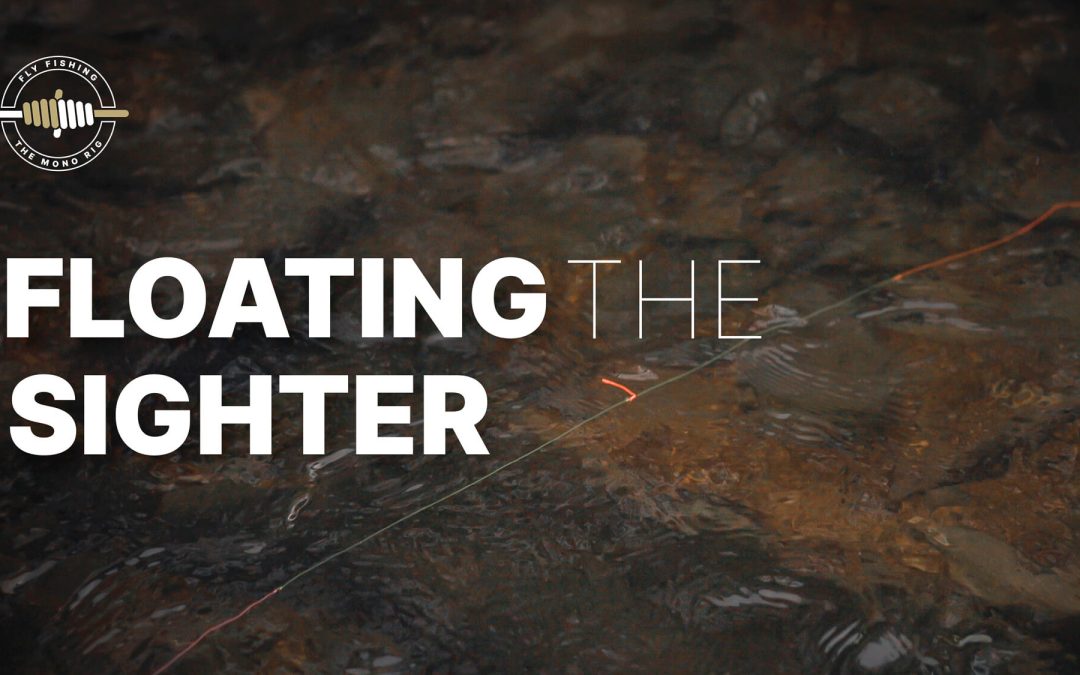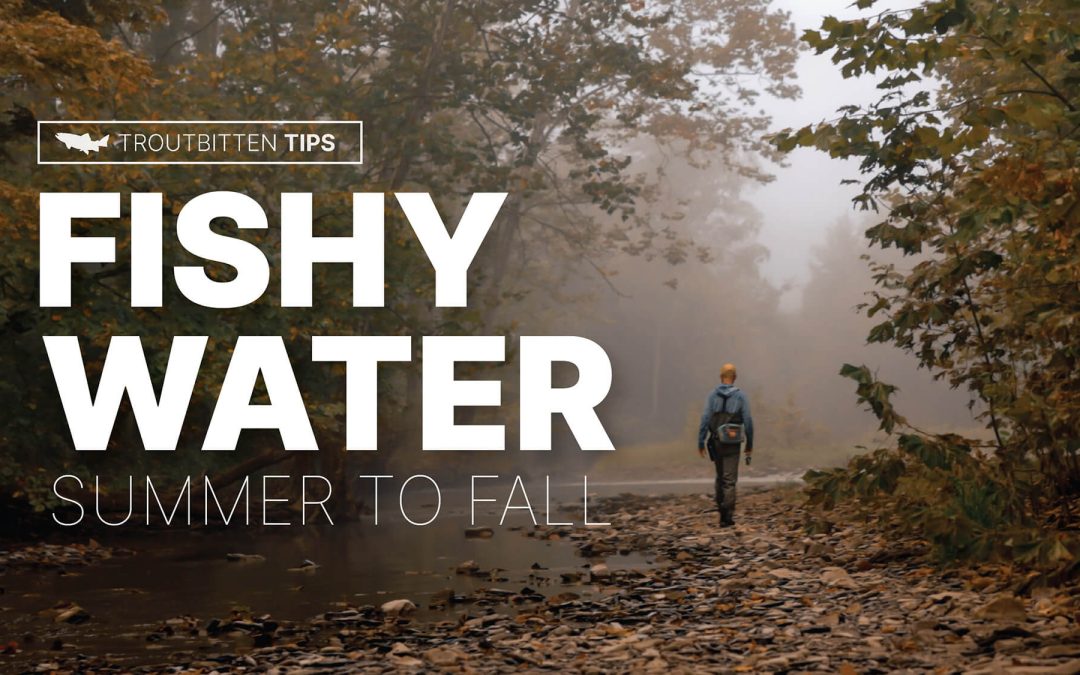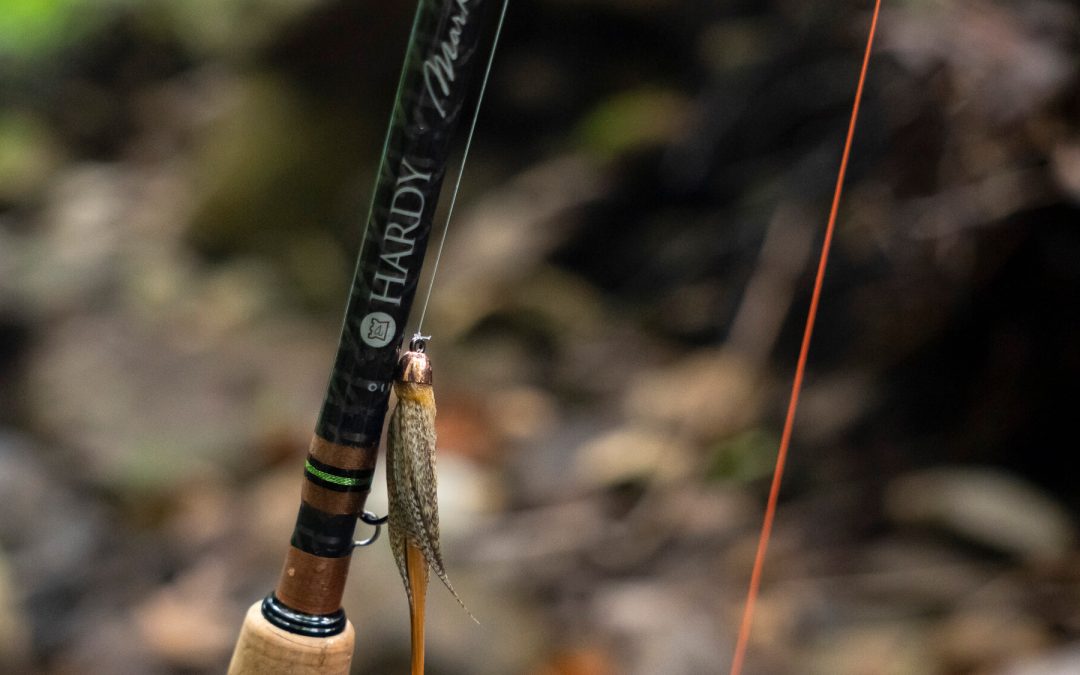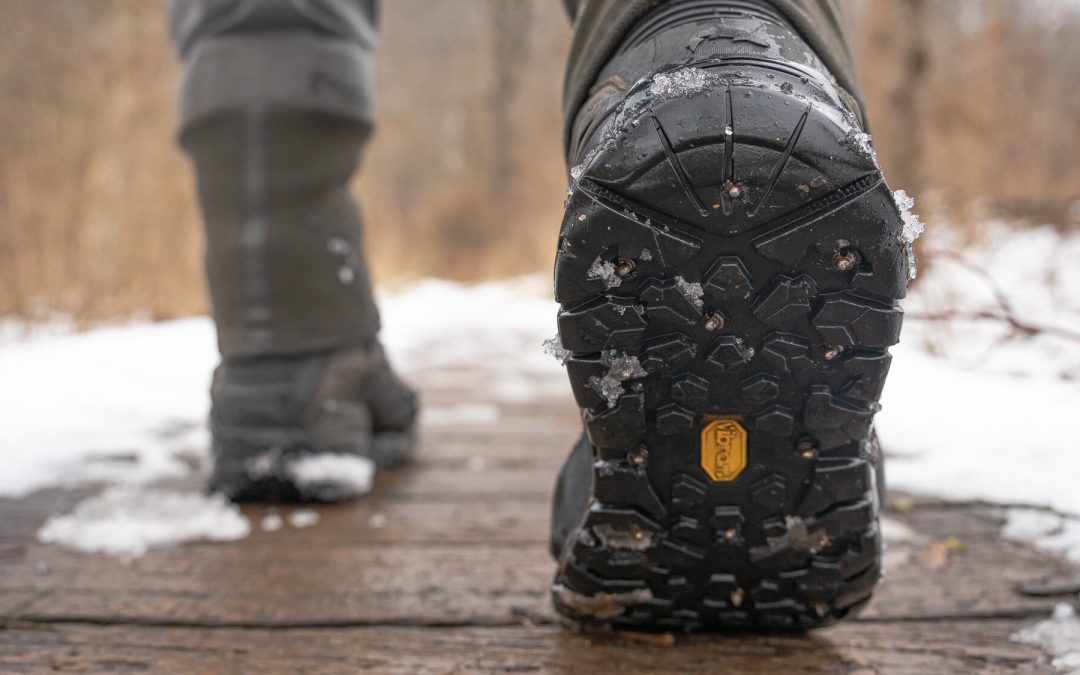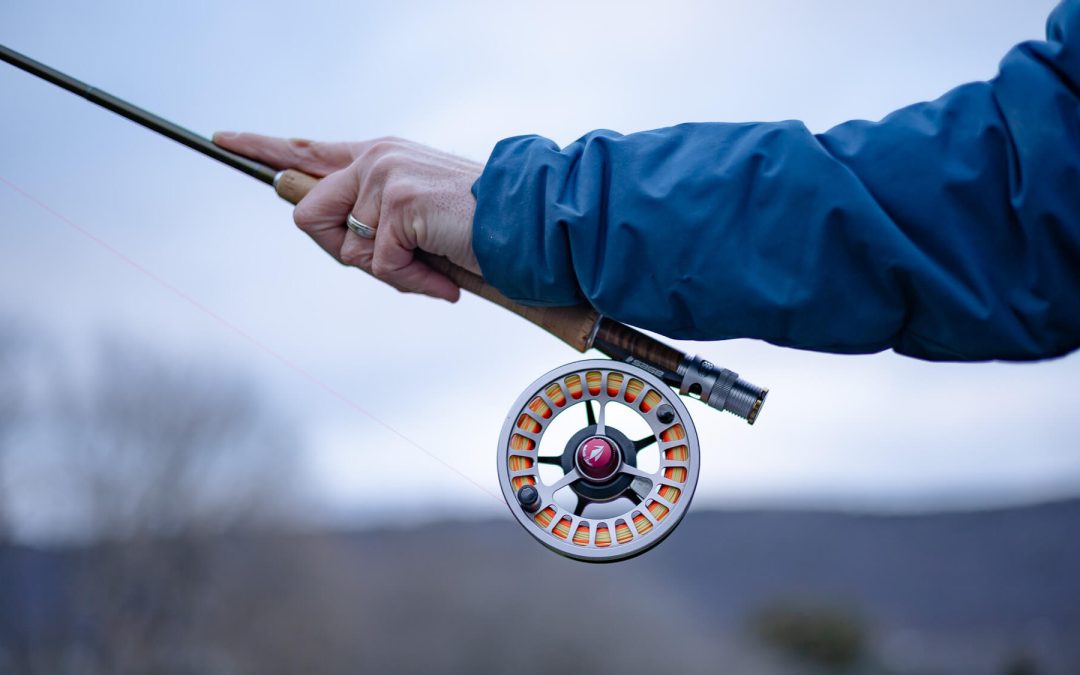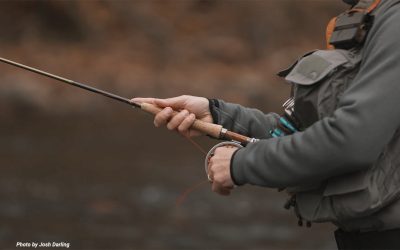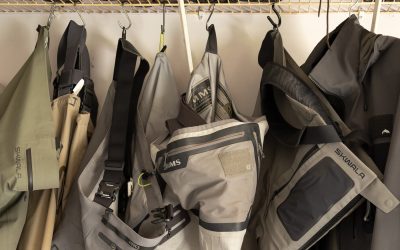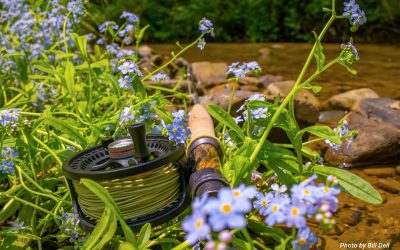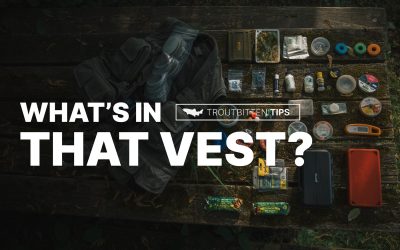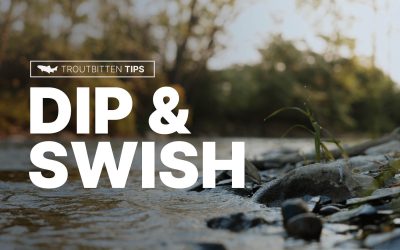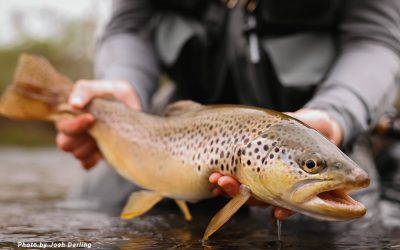There may be nothing more misunderstood in the tight line game than floating the sighter. But it’s a great tactic that solves a lot of problems and offers some unique presentations that fool trout.
However, there’s a lot more to floating the sighter than simply laying line on the water. In fact, without a solid understanding of what’s going on, laying the floating the sighter can hurt the presentation . . .


